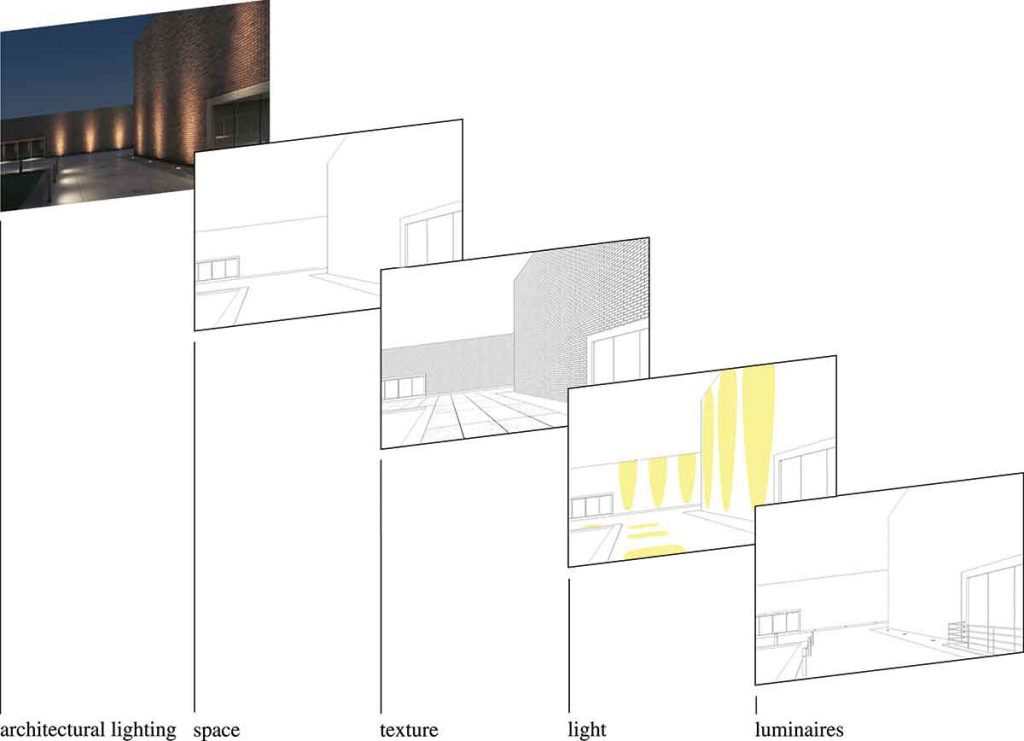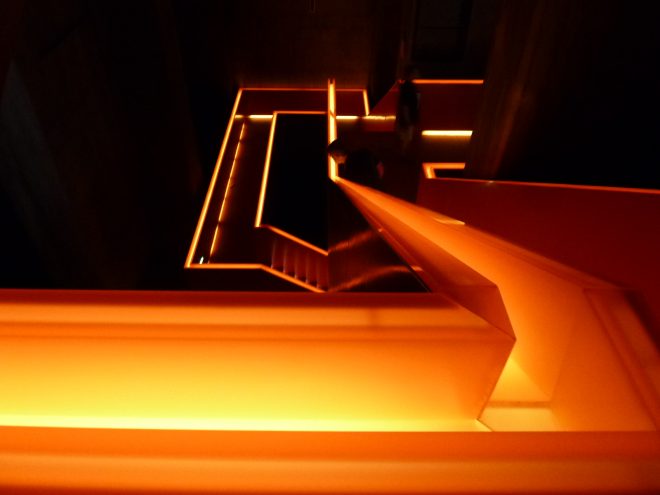Architectural lighting provides optimum visibility for tasks but illuminations convey meanings as well. Though many studies analyze technical dimensions of lighting, research on the meaning is rare. Therefore, this article discusses semiotics as a methodology for lighting design within the design process and critically reflects the appearance of light and architecture. The semiotic discourse starts with terminology and presents models of architectural signs. The history of architectural semiotics serves as a background for the transfer to lighting and leads to an understanding of recent debates. The relevance of semiotics for lighting design is shown in three aspects: Firstly, the influence on the lighting design process; secondly, how physical characteristics of light intensity, distribution, and spectrum are interpreted as signs; and, thirdly, the evaluation of different lighting design tasks like daylight, lamp and luminaire design, interior and exterior lighting, as well as media façades. A critique of architectural and lighting semiotics reveals the methodological limitations of the linguistic concept. It can be concluded that semiotics provides a useful instrument to identify the meaning, which helps to improve the quality of lighting design. The semiotic matrix offers a differentiated view of relationships based on the aspects of sign, object, and interpretant with relation to light characteristics, illuminated buildings, and architectural lighting in general.

Publication open access
DOI: https://doi.org/10.1080/15502724.2018.1518715
Leukos Journal. The Journal of the Illuminating Engineering Society
Volume 15, 2019 – Issue 2-3: Lighting Research Methods. Pages 227-248

